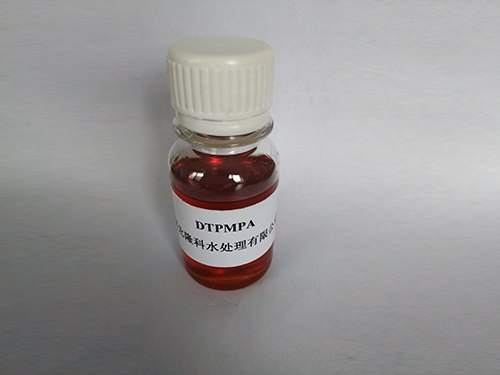Exploring the Role of Coagulation and Flocculation in Effective Water Treatment Processes
Coagulation and Flocculation in Water Treatment
Water treatment is a critical process that ensures the availability of safe and clean drinking water. Among the various methods employed in purifying water, coagulation and flocculation are vital steps that significantly enhance the efficiency of subsequent purification processes. These techniques are primarily utilized to remove suspended solids, colloids, and microorganisms from the water, thereby improving its quality and safety for consumption.
Coagulation is the first step in the treatment process, where chemicals known as coagulants are added to the water. Common coagulants include aluminum sulfate (alum), ferric chloride, and polyaluminum chloride. The addition of these substances destabilizes the charges of suspended particles in the water. Most of these particles carry a negative charge, which keeps them dispersed. When a coagulant is added, it neutralizes the negative charges, allowing these particles to come together. This process is largely influenced by factors such as pH, temperature, and the concentration of solids in the water.
Following coagulation, the process of flocculation takes place. Flocculation involves the gentle mixing of water to encourage the agglomeration of the destabilized particles into larger clusters, known as flocs. This is typically achieved using mechanical mixers that create slow, gentle movement in the water. As the flocs form, they increase in size and mass, making them easier to remove during the subsequent sedimentation or filtration processes. The efficiency of flocculation is affected by several factors, including the mixing speed, time, and the type of flocculant used. Polymers and other aids can be added to enhance the flocculation process, ensuring that smaller particles effectively adhere to flocs.
coagulation and flocculation in water treatment

The effectiveness of coagulation and flocculation can be measured by examining the turbidity of the water. Turbidity refers to how clear the water appears, which is affected by the presence of suspended particles. A successful coagulation and flocculation process will significantly reduce turbidity levels, indicating that most of the unwanted particles have been removed. This reduction is crucial for improving the overall quality of water and making it safe for human consumption.
It is important to note that the choice of coagulants and the optimization of the coagulation-flocculation process are crucial for different water sources. For example, water from surface sources may have different characteristics compared to groundwater, requiring adjustments in the treatment approach. Additionally, the environmental impact of these chemicals must be considered, and efforts should be made to minimize any harmful residues that may enter the water supply.
In conclusion, coagulation and flocculation are essential techniques in the water treatment process that play a crucial role in ensuring the safety and quality of drinking water. By effectively removing suspended particles and impurities, these methods contribute to the overall health of communities and the environment. With the growing concerns over water quality and scarcity, the development and optimization of coagulation-flocculation methods remain a critical area of study. Advances in this field can lead to more efficient treatment processes, ultimately improving access to clean water for all.
-
Water Treatment with Flocculant Water TreatmentNewsJun.12,2025
-
Polymaleic AnhydrideNewsJun.12,2025
-
Polyaspartic AcidNewsJun.12,2025
-
Enhance Industrial Processes with IsothiazolinonesNewsJun.12,2025
-
Enhance Industrial Processes with PBTCA SolutionsNewsJun.12,2025
-
Dodecyldimethylbenzylammonium Chloride SolutionsNewsJun.12,2025





